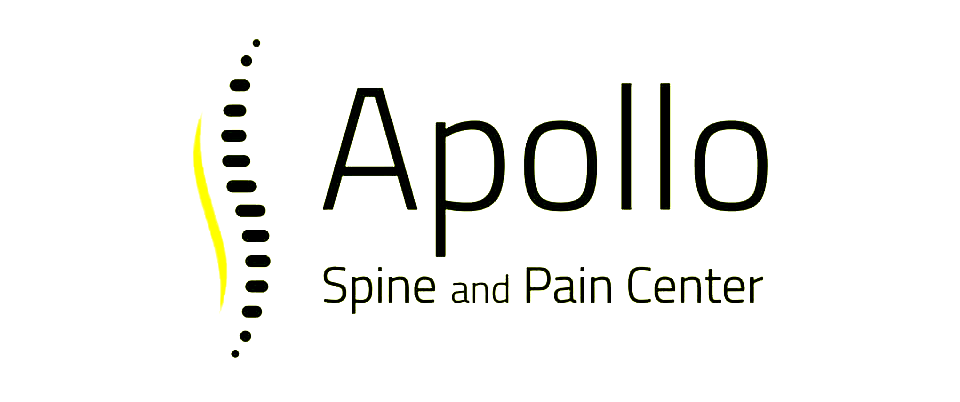Exploring Advanced Techniques in Regenerative Pain Management
Regenerative pain management is gaining attention as a promising field offering hope to those dealing with ongoing pain. Unlike traditional pain management techniques, which typically focus on symptom relief, regenerative pain management aims to address the underlying causes of pain. This innovative approach uses the body's natural healing mechanisms to repair tissue damage, providing a long-term solution rather than a temporary fix. People living in areas like Cumming, GA, and Jasper, GA, are increasingly exploring this advanced approach for its potential to enhance quality of life. The article will cover different techniques used in regenerative pain management, their benefits, and how they can make a meaningful impact on individuals battling chronic pain.
What Is Regenerative Pain Management?
Regenerative pain management is an advanced medical approach that utilizes the body's ability to heal itself. By focusing on regenerating damaged tissues, this method offers a path to lasting relief. Traditional pain management methods might involve medications or surgeries that only suppress symptoms temporarily. In contrast, regenerative techniques work by targeting and repairing the damaged areas, leading to more sustainable outcomes. In places like Cumming and Jasper, where people enjoy an active lifestyle, managing pain in a way that restores full function is particularly appealing. Imagine being able to walk, run, or do household tasks without the nagging ache that previously held you back. This is what regenerative pain management seeks to achieve.
Common Techniques in Regenerative Pain Management
Common techniques within this field include platelet-rich plasma (PRP) therapy, stem cell therapy, and prolotherapy. Each offers unique benefits:
- Platelet-Rich Plasma (PRP) Therapy: PRP therapy involves using the patient’s own blood, which is processed to concentrate platelets. These platelets are then injected into the affected area, where they release growth factors that help heal tissues. Patients often experience a reduction in pain and improved mobility, making it a popular choice for tendon injuries and arthritic joints.
- Stem Cell Therapy: In this process, stem cells are harvested and injected into damaged areas. These cells have the ability to develop into different types of tissue, promoting regeneration and repair. This therapy is especially effective for degenerative diseases and similar conditions.
- Prolotherapy: This technique involves injecting an irritant solution into the soft tissue of an injured joint. The irritation triggers the body’s healing response, stimulating the growth of new tissues and relieving pain. It's commonly used for chronic conditions such as arthritis or ligament sprains.
Each method is designed to address specific types of chronic pain, offering a customized approach to each individual's condition. For communities in Cumming and Jasper, where maintaining a robust lifestyle is crucial to daily life, these advanced techniques present a powerful option for those seeking a breakthrough in pain management.
Benefits of Regenerative Pain Management
One of the great benefits of regenerative pain management is the potential for long-term relief. People often find that this approach results in ongoing symptom reduction rather than just temporary relief. This is because these therapies promote actual healing of damaged tissues. Minimally invasive procedures are another appealing aspect of regenerative techniques. Unlike traditional methods that might require extensive surgery, regenerative treatments often involve simple injections with little to no downtime. Most patients can return to their regular activities shortly after receiving treatment, allowing them to enjoy life without a lengthy recovery period. Improved mobility and functionality are key outcomes patients seek. When everyday activities, like taking a walk or playing with grandkids, become less painful, quality of life improves significantly. With regenerative therapies, many patients report being able to enjoy activities they thought they’d never do comfortably again. Personalized treatment plans make regenerative pain management even more effective. Each person's pain is unique, which is why tailored approaches are essential. Doctors evaluate your specific condition to determine which combination of therapies will work best for you, ensuring a more effective recovery plan.
Choosing the Right Regenerative Pain Management Specialist
When considering regenerative pain management, finding the right specialist is crucial. Here are some factors you should keep in mind:
- Credentials and Experience: Look for doctors with the right qualifications and a proven track record in regenerative medicine.
- Patient Testimonials and Reviews: Hearing about others' experiences can provide insights into what you might expect from potential treatments.
Asking the right questions is also important during consultations. Here are a few that can guide you:
- What are the specific benefits and risks of the suggested procedures?
- How many similar cases have you handled, and what were the outcomes?
- Are there any lifestyle modifications you recommend in conjunction with the treatment?
Embracing a Pain-Free Future
Exploring advanced techniques in regenerative pain management can change lives, especially in active communities like Cumming and Jasper. With its focus on healing, this approach offers real hope to those who have long struggled with chronic pain. Embrace the potential these therapies hold and start envisioning a pain-free future where you can fully participate in the activities you love.
Considering advanced therapies like regenerative pain management can be transformative for those in Cumming and Jasper. These methods offer a path to reducing discomfort and improving daily life. If you're curious about how regenerative pain management can work for you, explore the potential benefits and methods available at Apollo Spine and Pain Center. Discover a life with less pain and more joy.












